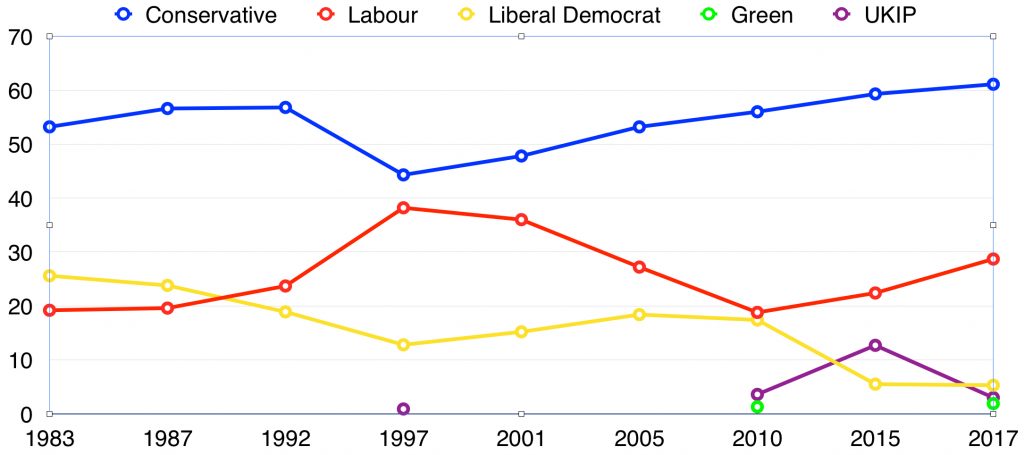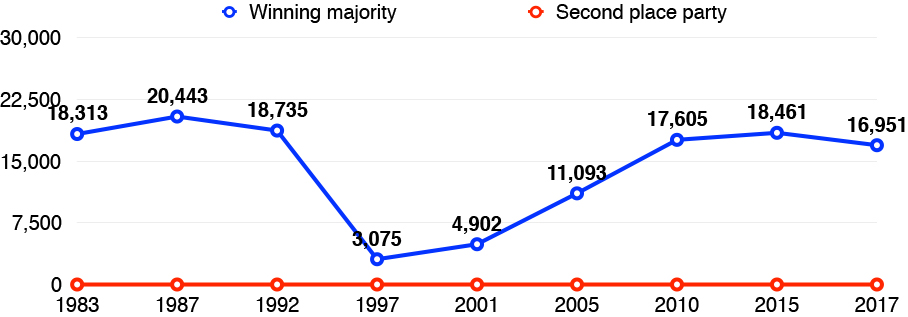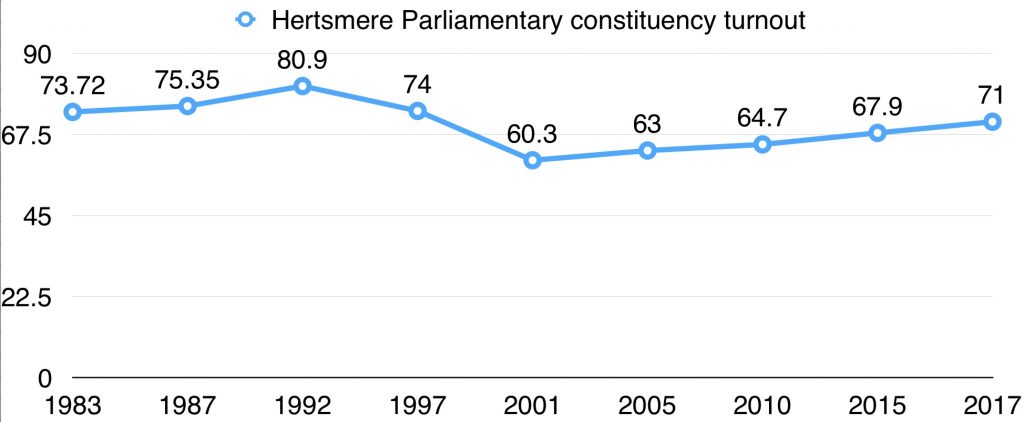
One of the things we’ve done on this blog – with, let’s face it, limited consistency – is keep an eye on the public statements and Ministerial actions of our MP Oliver Dowden who, these days, is Co-Chairman of the Conservative Party and Minister without Portfolio (we started, in fact, under his predecessor, James Clappison, a long-serving MP who had represented Hertsmere since the creation of the constituency in 1992).
Although Mr Dowden is currently without formal Ministerial responsibilities (his role does allow him to attend Cabinet meetings, although without a portfolio to represent he’ll probably just do a crossword or something) you might be forgiven for thinking that he ought to adopt the title Minister for the Culture Wars. He’s all over it. The Google alert that keeps us up to date with Oliver Dowden’s business is essentially all culture wars, all the time these days.
So you won’t be surprised to learn that the Co-Chairman’s message to electors ahead of the 5 May local elections, which you can read on Conservative Home, is heavy on the culture wars and includes two uses of the word ‘woke’ (‘woke warriors’ and ‘woke vanity projects’).
We’re not 100% sure we want to reduce this blog to a chronological account of Mr Dowden’s statements about statues, unisex toilets, woke street names and so on. But it does seem worthwhile to record the fact that a prominent MP, once confidant to a Prime Minister and until recently a full Minister of the Crown, can be so diminished in office as to be obliged to churn out talking points for Facebook (Mr Dowden is so far silent on David Attenborough’s woke dinosaur, though).
So, let’s get it over with. Oliver Dowden’s latest Culture Wars sortie relates to guidance apparently given to police forces to use gender-neutral language when addressing the public (we can’t find this guidance online, although the Mail’s claim is that it was obtained by a FOI request to Bedfordshire, Cambridgeshire and Hertfordshire constabularies). The Minister for Woke’s statement on the matter says that the police should be arresting crims and
…not wasting time trying to condition officers who extend a basic courtesy to the people they serve.
Oliver Dowden MP, quoted in The Mail, 16 April 2022
It’s not clear what Dowden means by ‘condition’ but the quote has surfaced in multiple outlets, from GB News to The Sun, to The Daily Star to Kremlin-funded RT (recently banned from UK TV by Ofcom, as you’ll remember, but obviously still on the mailing list for these press lines). We’re curious as to how this happens. How is a line like this distributed? It’s not contained in an official press release that we’ve been able to find. Is there an email d-list? We’re naive about the ways of Government press offices. Can you enlighten us?
Anyway, our bet is that Mr Dowden’s interest in the Culture Wars will sharply decline immediately the council elections are out of the way in a few weeks (no elections in Hertsmere this year, though, remember, so don’t get excited).











 That’s 34 years of Hertsmere General Election voting data, from the Thatcher high water mark of 1983 (the biggest landslide since Labour’s 1945 win, you’ll remember) to 2017’s most surprising result, via that other high water mark – Blair’s even bigger 1997 landslide.
That’s 34 years of Hertsmere General Election voting data, from the Thatcher high water mark of 1983 (the biggest landslide since Labour’s 1945 win, you’ll remember) to 2017’s most surprising result, via that other high water mark – Blair’s even bigger 1997 landslide.

 Blimey, what a night. British politics has been turned on its head. Young voters have challenged the electoral status quo as never before. A Prime Minister brought low by hubris. But you don’t want to know about all that. You want to know what happened here in Hertsmere, right?
Blimey, what a night. British politics has been turned on its head. Young voters have challenged the electoral status quo as never before. A Prime Minister brought low by hubris. But you don’t want to know about all that. You want to know what happened here in Hertsmere, right?
